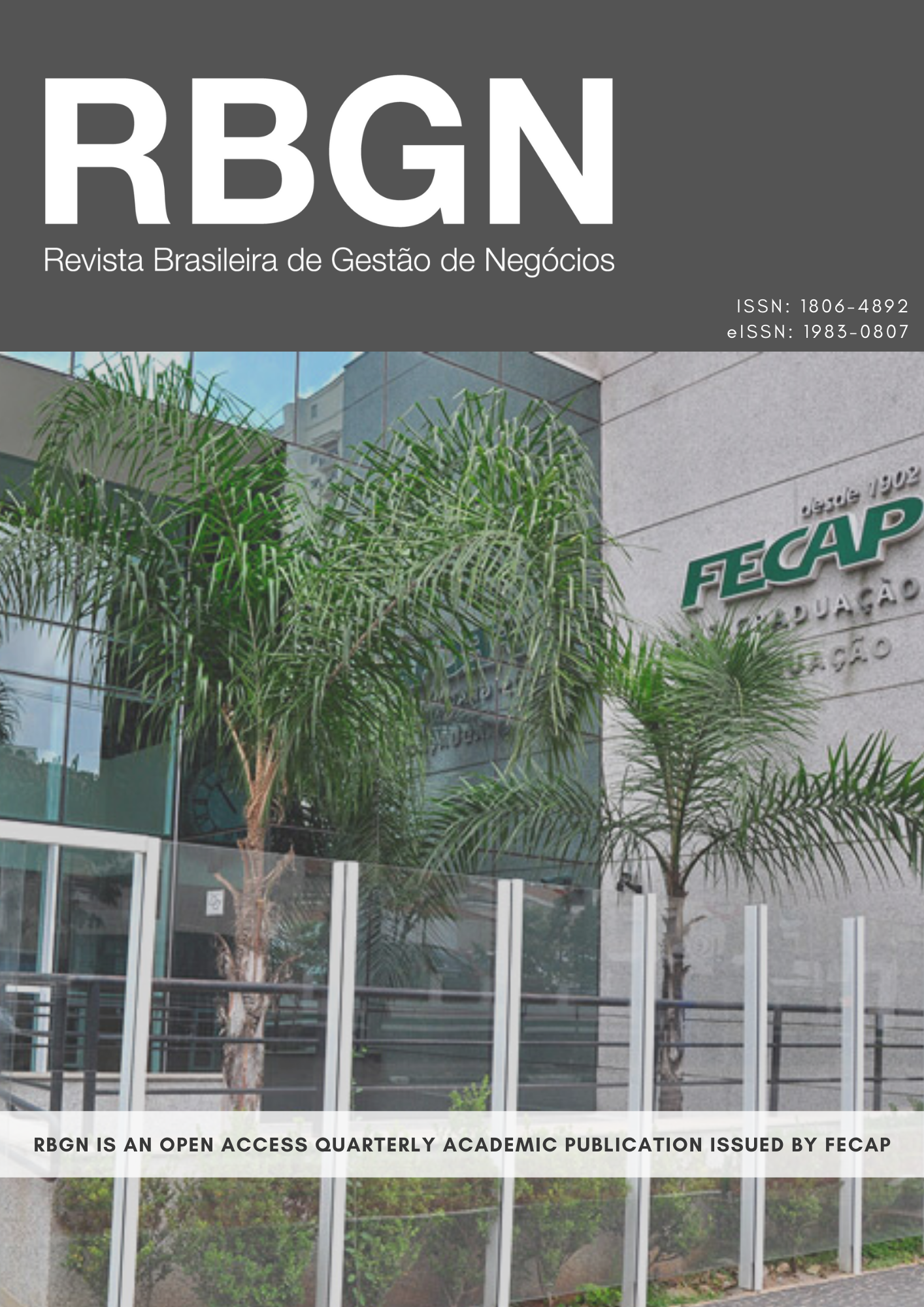Abstract
Purpose – This study attempts to build an integrated framework to discuss the influence of three types of innovations, i.e. strategic, management, and technological innovations, on firm competitiveness.
Design/methodology/approach – Paired survey responses are collected from 303 firms located in China. A confirmatory factor analysis is implemented with SPSS AMOS software to check the reliability and validity of all measures through structural equation modeling. Four hypotheses are empirically examined with SPSS PROCESS Macro in combination with a bias-corrected bootstrapping technique to test the chain multiple mediation model linking strategic, management, and technological innovations to firm competitiveness.
Findings – Although strategic, management, and technological innovations are carried out at different organizational levels, they formulate a holistic framework to jointly improve firm competitiveness. Strategic innovation strengthens firm competitiveness through three parallel routes, i.e. via management innovation, via technological innovation, and via the serial mediating mechanism of management and technological innovations. Also, the mediation effect of management innovation is significantly stronger than that of technological innovation.
Originality/value – This study integrates strategic, management, and technological innovations into the process of improving firm competitiveness to account for their joint influences, challenging the conventional paradigm where different types of innovations are investigated separately. Cross-domain knowledge flow, exchange, and combination are realized within the broad innovation construct.
If a paper is approved for publication, its copyright has to be transferred by the author(s) to the Review of Business Management – RBGN.
Accordingly, authors are REQUIRED to send RBGN a duly completed and signed Copyright Transfer Form. Please refer to the following template: [Copyright Transfer]
The conditions set out by the Copyright Transfer Form state that the Review of Business Management – RBGN owns, free of charge and permanently, the copyright of the papers it publishes. Although the authors are required to sign the Copyright Transfer Form, RBGN allows authors to hold and use their own copyright without restrictions.
The texts published by RBGN are the sole responsibility of their authors.
The review has adopted the CC-BY Creative Commons Attribution 4.0 allowing redistribution and reuse of papers on condition that the authorship is properly credited.


